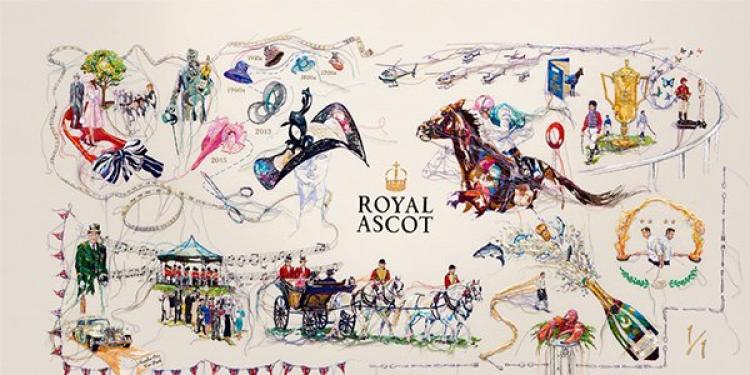Noblesse, Horses and Britain: The Royal Ascot
Posted: June 22, 2015
Updated: October 6, 2017

Before we provide an overview of what happened in the 2015 Royal Ascot, we thought we would give you a quick crash course on the essence of this event.
gambling news has been blowing up with updates and results of the 2015 Royal Ascot. Our summary of the 2015 event will soon be posted, but until then, here is an educational piece on what the Royal Ascot really stands for. It is a huge event, no doubt, with a crowd that would make the Bolsheviks spit in disgust over its obvious proportion in noblesse. Nobody here cares about you anyways, class equality, so run along…
• Founded in 1711
• The race has transformed over the years
• Queen Elizabeth II. is a regular guest
Time for a short history lesson, kids. According to the Official Ascot website, it all started with Queen Anne, who was the first ruler to use her imagination regarding Ascot (which used to be named East Cote.) It was in 1711 that she rode out around Windsor Castle and first laid eyes on the area that seemed to be, in her own royal opinion, “ideal for horses to gallop at full stretch.” And so, what a woman wants, a woman usually gets: the beginning of Ascot came about a bit later the same year, on 11th of August. The event was named Her Majesty’s Plate and the prize was a hundred guineas.
A race different from today’s Royal Ascot
The Official Ascot website states that any horse above the age six was allowed to compete, and they usually only used English Hunter horses. Nowadays, it’s all about thoroughbreds. Not in 1711, thank you very much! To make the race more interesting, every single horse had to carry an extra weight of 76 kilograms. The track consisted of three four-mile long heat. Unfortunately, there is no information in the Royal Ascot database that would tell us who won the first ever race. Queen Anne’s contribution to the favorite of everyone who likes to bet on sports in UK is remembered at the opening of each Royal Ascot with the Queen Anne Stakes.

The Queen Anne stakes is a flat race for horses in Group 1. They are all thoroughbreds aged four years or older. Originally called the Trial Stakes, it is a mile long and is basically the opening event in each Royal Ascot. The Official website tells us that the first racetrack was brought to life by William Lowen, with a very small team in his corner: one painter, one carpenter and a racing administrator. Although for many of us, pulling up an establishment with such a small team might seem like a mission impossible, the primary building was functional from 1794.
A local job for a royal crowd
The first building was finished in 1794 and it was able to seat almost 2,000 people. In 1813, racing at Ascot became officially protected: Parliament managed to pass an Act of Enclosure that was a guarantee to all that Ascot would be maintained as a race course for the public. For all of you mobile betting fans, I recommend a trip there, because each year, Queen Elizabeth II. and other members of the royal family make an appearance. Their grand entrance of course, features a horse-drawn carriage.

For a whole week, people dressed up in beautifully elegant clothes and extraordinary hats mingle, eat and have the time of their lives, British style. It is not advisable to look different; the official website has devoted a completely separate section to what one should wear. This is not the place to stand out with special clothes, because everyone here is exclusive. In June, Ascot is the place to be, for everyone everywhere who is someone in this world. Around 300,000 people make it to this prestigious event and bask in the glory of sheer luxury and thoroughbreds that are truly one of a kind. For a week, it is “all about that glam” – and the royals of our time.












